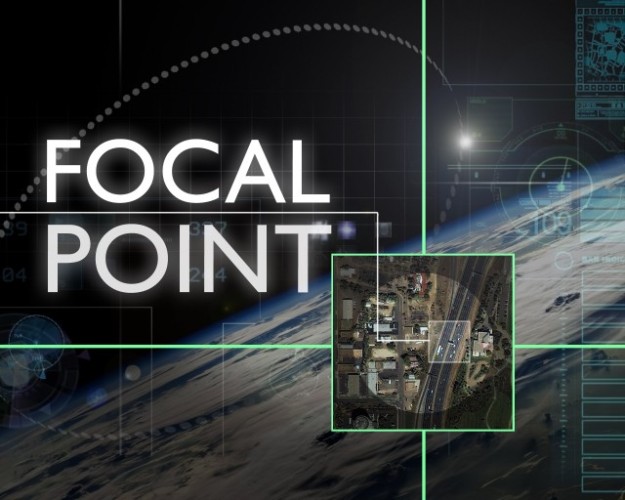Adam Stone, Contributing Writer
maller, lighter, better battery power. This has long been the mantra of military radios. Now the Army is adding a new element to the mix: smarter.
 As the Army moves to acquire the next round of its signature Rifleman and Manpack radios, those involved say the rapidly increasing power and intelligence of today's computer processors will distinguish the new generation from its predecessors.
As the Army moves to acquire the next round of its signature Rifleman and Manpack radios, those involved say the rapidly increasing power and intelligence of today's computer processors will distinguish the new generation from its predecessors.
"Computer processors are at the core of software-defined radio technology," according to information provided by Program Executive Office Command Control Communications-Tactical (PEO C3T). Improvements in processor size have helped bring down the Manpack weight from 19.5 to 16 pounds while also enabling radios to support 10 to 20 times higher data rates. In fact, most of today's major improvements — battery size, unit weight, performance metrics — can be traced back to improved processing muscle.
The Army's existing 5,326 Manpack radios were deployed to Afghanistan and Iraq. With its newly released request for proposals, the service seeks full-rate production of the Manpack by late in fiscal 2017, with authorization for up to 60,296 units.



